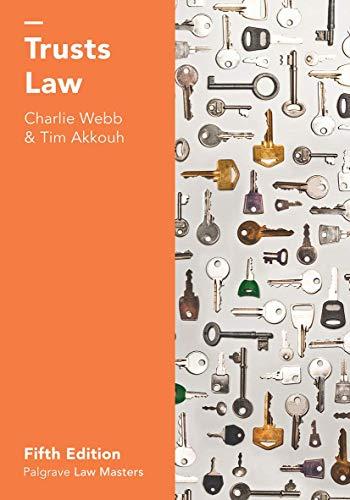Question
a) *Can Tommy sue the hotel?* - Yes, Tommy can potentially sue the hotel for negligence if it can be proven that the hotel failed
a) *Can Tommy sue the hotel?* - Yes, Tommy can potentially sue the hotel for negligence if it can be proven that the hotel failed to provide a safe environment for guests, especially children, by not adequately securing the windows or providing warnings about the dangers.
b) *What doctrines of negligence might Tommy's parents invoke to sue the hotel?* - Duty of care: The hotel has a duty to ensure the safety of its guests, including children. - Breach of duty: Failing to secure the windows or warn guests about the risks could be considered a breach of that duty. - Proximate cause: The hotel's negligence directly led to Tommy's injuries. - Foreseeability: The hotel should have foreseen the potential danger of leaving windows open in rooms where children are present.
c) *How would the hotel defend its position?* - Lack of foreseeability: The hotel might argue that it couldn't foresee a child being left unsupervised to the extent that they would fall out of a window. - Contributory negligence: The hotel might argue that Tommy's parents were negligent in supervising him properly. - Assumption of risk: The hotel might argue that there are inherent risks associated with jumping on beds, and Tommy assumed that risk by engaging in such behavior. - Compliance with regulations: The hotel might present evidence that it was in compliance with all relevant safety regulations and standards.
For your PowerPoint presentation, here are eight slides you can include:
1. Title Slide: "Negligence Liability in Tommy's Case" 2. Introduction: Overview of the incident and key legal questions. 3. Duty of Care: Explanation of the hotel's responsibility to ensure guest safety. 4. Breach of Duty: Discussion of how the hotel may have failed to meet its duty. 5. Doctrines of Negligence: Detailed explanation of legal principles invoked by Tommy's parents. 6. Hotel's Defense: Counterarguments the hotel might present. 7. Case Precedents: Analysis of similar cases and their outcomes. 8. Conclusion: Summary of key points and potential legal implications.
Step by Step Solution
There are 3 Steps involved in it
Step: 1

Get Instant Access to Expert-Tailored Solutions
See step-by-step solutions with expert insights and AI powered tools for academic success
Step: 2

Step: 3

Ace Your Homework with AI
Get the answers you need in no time with our AI-driven, step-by-step assistance
Get Started


